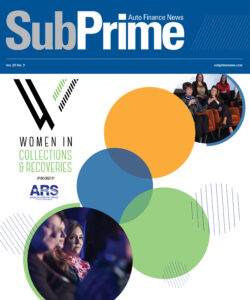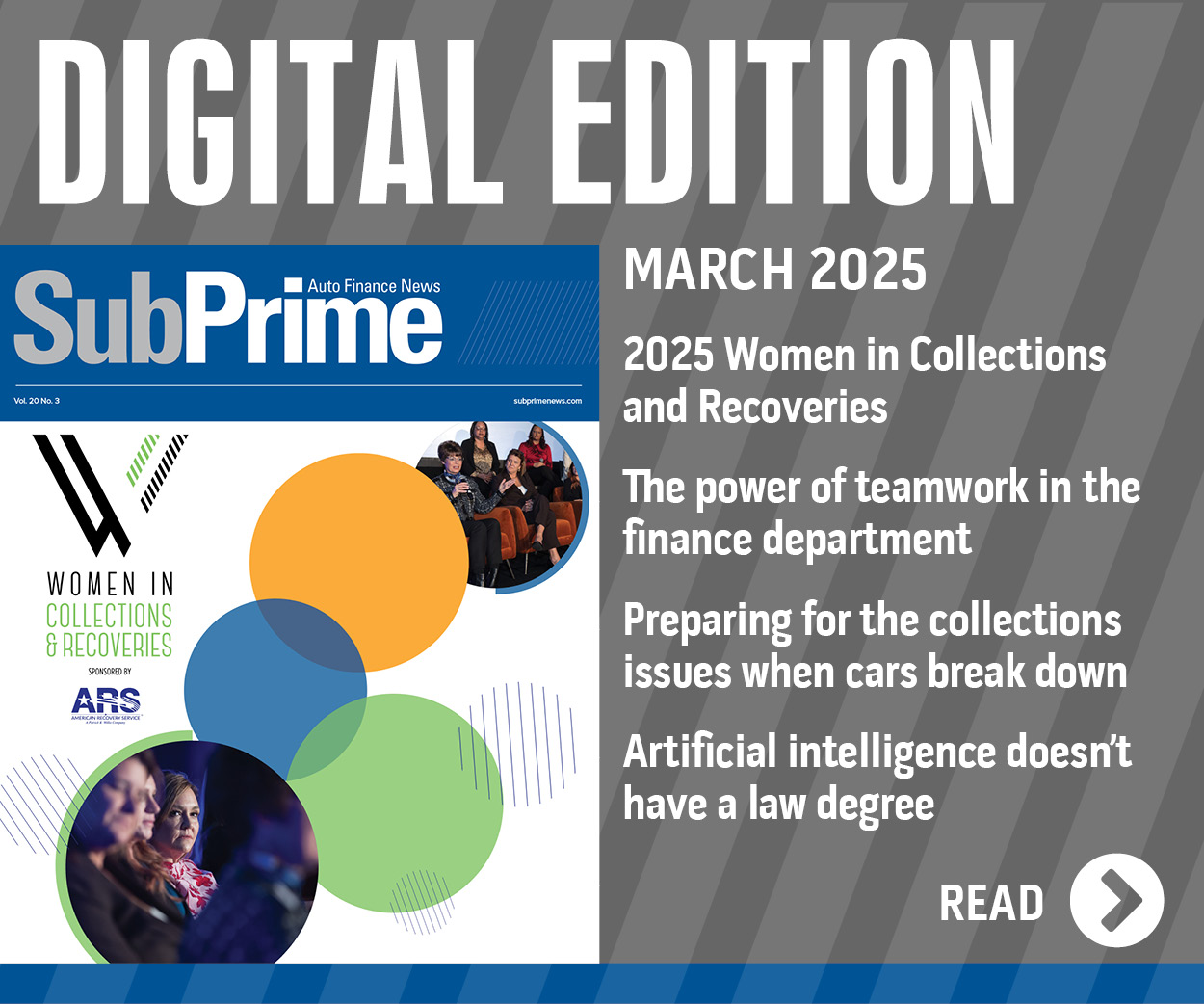Credit conditions & consumer confidence moving in opposite directions

Credit conditions are improving, but consumer confidence is sagging. Those are the primary assertions from S&P Global Ratings and the Conference Board from their newest insights released this week.
S&P Global Ratings said credit conditions for borrowers in North America are set to improve steadily, with still-narrow spreads on corporate debt and the Federal Reserve starting to ease monetary policy.
But analysts acknowledged U.S. elections could make for some financial market volatility and policy uncertainty.
S&P Global Ratings made those claims in its report, Credit Conditions North America Q4 2024: Set For Improvement — With Eyes On The Election.
“A soft landing for the U.S. economy seems to be in sight, especially with the central bank beginning to lower interest rates at a time when consumer savings have dwindled, and corporate borrowers are saddled with still-high costs,” S&P Global Ratings said in a news release.
After policymakers made a rate cut of 50 basis points last Wednesday, analysts said they now believe the Fed will cut the key rate by 25 basis point at the two remaining policy meetings of this year.
Looking further out, S&P Global Ratings penciled in rates to reach 3.00% to 3.25% by the end of next year.
However, S&P Global Ratings head of North America credit research David Tesher pointed out the Fed could keep its key rate higher than markets anticipate if inflation resurges.
“On the other hand, investors could demand higher risk premiums amid slowing economic growth and geopolitical uncertainty,” Tesher said in the news release. “In this scenario, financing costs could remain overly burdensome for some borrowers, especially those at the lower end of the ratings spectrum.”
As the election approaches, S&P Global Ratings said investors could become more risk averse, especially given how tight the presidential race is, according to most polling.
“If the result of the run for the White House is unclear or in dispute, financial-market volatility could prove a setback to credit conditions,” analysts said.
S&P Global Ratings also suggested the outcome of the November elections could have broad ramifications — potentially increasing political polarization and creating policy uncertainty.
S&P Global Ratings predicted the consequences for U.S. borrowers will be predicated on the outcomes of the presidential and congressional elections — especially if there is a partisan split between the presidency and upper or lower house (or both) of Congress, “which would make passage of any sweeping legislation challenging.”
S&P Global Ratings closed by touching on one other area from a credit perspective, noting two policy areas of interest are taxes and tariffs.
“Specifically, the fate of some of the Tax Cuts and Jobs Act’s (TCJA) corporate tax provisions — such as interest deductibility, bonus depreciation, and deductions for research and development (R&D) expense — will be in the spotlight, regardless of the election outcomes,” analysts said.
“On tariffs, we believe increasingly protectionist trade policies and any international responses will likely result in inflationary pressures (higher input costs for companies, higher costs for consumers, or both),” they added.
What about consumer confidence?
The Conference Board Consumer Confidence Index fell in September to 98.7 from an upwardly revised reading of 105.6 in August.
The Present Situation Index — based on consumers’ assessment of current business and labor market conditions — fell by 10.3 points to 124.3.
The Expectations Index — based on consumers’ short-term outlook for income, business, and labor market conditions — declined by 4.6 points to 81.7, but remained above 80. The Conference Board reiterated a reading below 80 usually signals a recession.
The cutoff date for the preliminary results was Sept. 17.
According to the Conference Board, the share of consumers expecting higher interest rates during the next 12 months dropped for the fourth month in a row to 46.5%, which was the lowest reading since February.
The share expecting lower rates increased to 33.3%, which was the highest since April 2020.
Researchers said September write-in responses also included more mentions of interest rates as affecting consumer’s views of the U.S. economy.
Despite slower overall inflation and declines in some goods prices, the Conference Board reported the average 12-month inflation expectations increased to 5.2% in September. Nonetheless, this measure remains well below the peak of 7.9% reached in March 2022.
Researchers said mentions of prices and inflation continued to top write-in responses as topics affecting consumers’ views of the economy, but there was some increase in respondents mentioning lower inflation.
Meanwhile, the Conference Board noted consumers’ expectations for the stock market stabilized after the financial market tumult in early August: 25% of consumers expected stock prices to fall over the year ahead (down from 26.5% in August), while 47.6% expected stock prices to rise (down slightly from 47.9% in August).
“Consumer confidence dropped in September to near the bottom of the narrow range that has prevailed over the past two years,” said Dana Peterson, chief economist at The Conference Board. “September’s decline was the largest since August 2021 and all five components of the index deteriorated. Consumers’ assessments of current business conditions turned negative while views of the current labor market situation softened further. Consumers were also more pessimistic about future labor market conditions and less positive about future business conditions and future income.
“The drop in confidence was steepest for consumers aged 35 to 54. As a result, on a six-month moving average basis, the 35–54 age group has become the least confident while consumers under 35 remain the most confident,” Peterson continued in a news release. “Confidence declined in September across most income groups, with consumers earning less than $50K experiencing the largest decrease. On a six-month moving average basis, consumers earning over $100K remained the most confident.
“The deterioration across the index’s main components likely reflected consumers concerns about the labor market and reactions to fewer hours, slower payroll increases, fewer job openings — even if the labor market remains quite healthy, with low unemployment, few layoffs and elevated wages,” Peterson added. “The proportion of consumers anticipating a recession over the next 12 months remained low but there was a slight uptick in the percentage of consumers believing the economy was already in recession.”

 View The Latest Edition
View The Latest Edition

